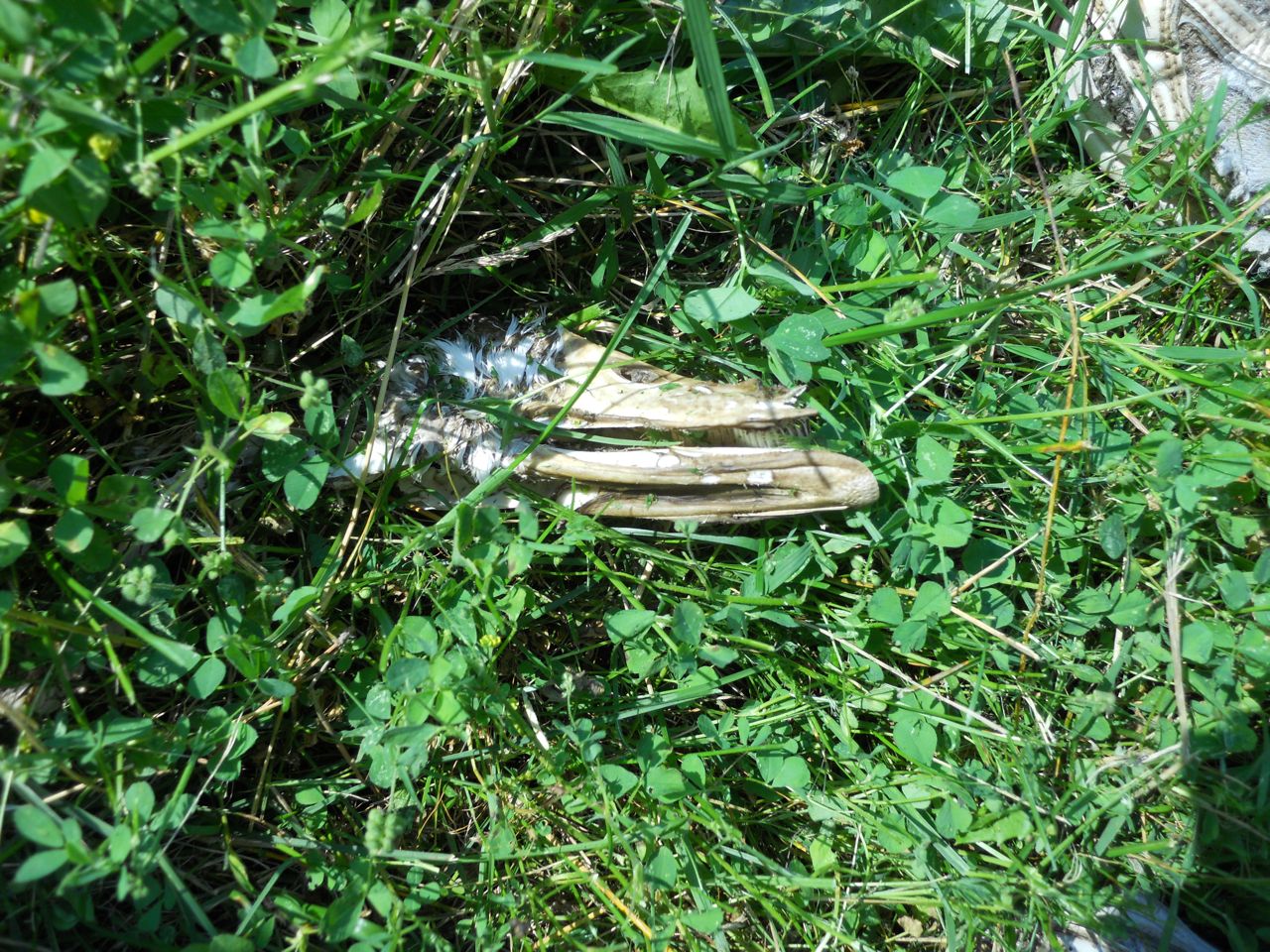

ConclusionsĪ wide range of phenotypic differences exists between domestic and wild ducks. In addition, by combining the genome and transcriptome data, we found that some Fst candidate genes exhibited different expression patterns, and these genes were found to be involved in digestive, immune, and metabolic functions.

Our data strongly suggest that the skeletal systems of domestic ducks were changed to adapt to artificial selection for larger sizes. Using fixation index (Fst) algorithm and transcriptome data, we found that the genes related to skeletal development had high Fst values in wild and domestic breeds, and the differentially expressed genes were mainly enriched in the ossification pathway. And the transcriptome data of different tissues from wild ducks and seven domestic ducks were used to reveal the expression difference between wild and domestic ducks.

In this study, the duck genome data from eight domestic breeds and two wild species were collected to study the genetic changes during domestication. In this study, we performed both genomic and transcriptomic analyses to identify candidate genes for elucidating the genetic mechanisms underlying phenotypic variation. Compared with the two ancestral species, domestic ducks generally differ in body size and bone morphology. Domestic ducks originated from mallards, and some studies have shown that spot-billed ducks may have also made minor genetic contributions to domestication. Domestication alters several phenotypic, neurological, and physiological traits in domestic animals compared to those in their wild ancestors.


 0 kommentar(er)
0 kommentar(er)
